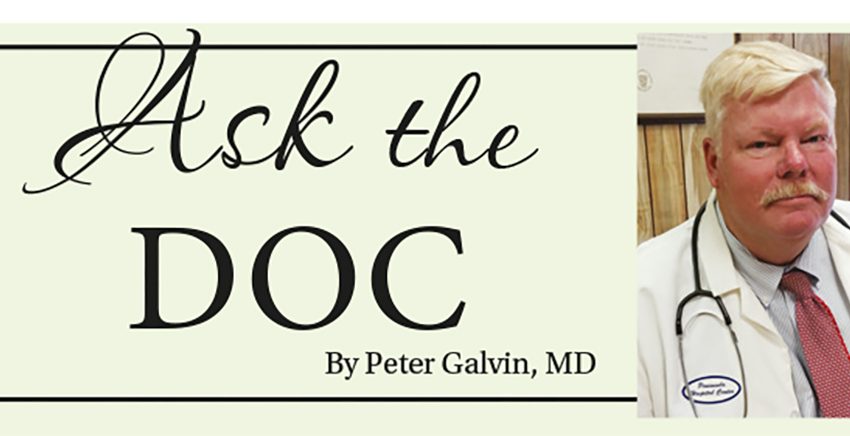Aspirin

By Peter Galvin, MD
Aspirin, or acetylsalicylic acid (ASA), is truly a wonder drug. It is a nonsteroidal anti-inflammatory drug (NSAID), very useful for treating pain, fever, and inflammation, is inexpensive, plus it has antithrombotic (blood-thinning) properties. However, it is important to note that aspirin should never be used to treat fever in children because it may trigger a potentially fatal condition called Reyes syndrome. Also, aspirin is known to prevent additional cardiovascular disease (CVD), which includes heart attacks and strokes in someone who already has CVD, known as secondary prevention. The jury is still out in the use of aspirin for primary prevention of CVD, although many practitioners, me included, recommend aspirin for this purpose. It is thought that aspirin prevents CVD by irreversibly poisoning platelets, making them unable to clump together and form a blood clot, and via its anti-inflammatory properties. The cons of aspirin use include increased risk of gastrointestinal bleeding (although this risk is mitigated by using enteric coated aspirin) and tinnitus (ringing in the ears) with high doses, plus the aforementioned Reyes syndrome in children.
An early precursor of aspirin was the bark of the willow tree, which was used starting about 2,400 years ago. In 1853, French chemist Charles Frederic Gerhardt first combined sodium salicylate with acetyl chloride, creating acetylsalicylic acid. In 1897, Bayer, a German pharmaceutical company, experimented with ASA, and in 1899 coined the term aspirin. Aspirin is on the World Health Organization’s (WHO) list of Essential Medicines. Like flour mills and coal mines, factories that produce aspirin must take steps to minimize airborne aspirin powder because, like flour and coal dust, aspirin dust is highly explosive. Aspirin is very stable in dry air, but exposure to moisture or humidity will rapidly hydrolyse (degrade) it to acetic and salicylic acids, rendering it useless.
Last year, the Washington University School of Medicine, located in St. Louis, published a study examining the worldwide usage of aspirin for secondary prevention of CVD. CVD is the leading cause of global mortality and loss of disability-adjusted life-years. As a benchmark, they used the 2025 WHO target that at least 50% of eligible people receive aspirin for secondary CVD prevention. The study used a diverse set of representative surveys from 51 countries to determine aspirin use in eligible people. They found marked inequities worldwide, including a 4-fold greater aspirin use for secondary CVD prevention in high-income countries vs. low-income countries. None of the 30 low-income countries achieved the WHO goal of 50%, and only about half of the upper-middle income and high-income countries achieved the target. For example, in Kenya the rate was about 2%, Vietnam about 21%, and even Bermuda was only at 44%. The U.S. was at about 65%, and England was over 70%. The highest was Jordan at 75%. This translates to people dying unnecessarily from preventable CVD.
The authors concluded that aspirin is underused in secondary prevention of CVD. In order to rectify this, many countries must develop national health policies to develop, implement, and evaluate strategies to promote the evidence-based use of aspirin.
Please direct questions and comments to editor@rockawaytimes.com


